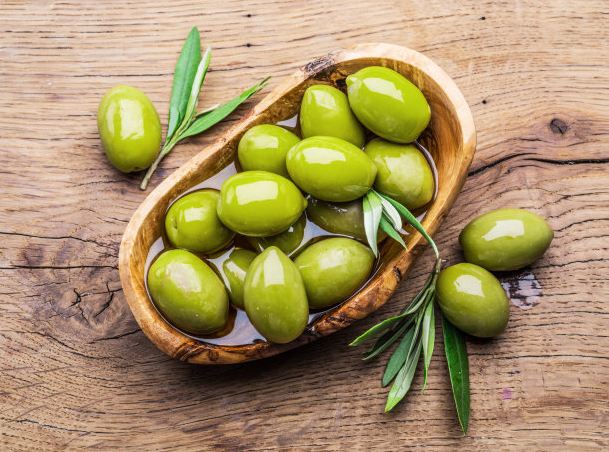1. Harvest
The olive harvest period varies by region, variety and purpose. For processing preserved fruit and preserved fruit, green fruit can be harvested from July to August, which may grow earlier than autumn shoots. However, early harvesting of fruit peels is prone to wrinkles and is not resistant to storage. The yield is affected to a certain extent. For fresh food, the fruit should be harvested only when the fruit is fully mature and well-colored, which is of good quality and can be stored well. In the Chaoshan area, early-maturing varieties are harvested around the Mid-Autumn Festival, and late-maturing varieties are mainly for the Spring Festival fresh food, harvested as late as October to November, combined with fresh-keeping storage, for the Spring Festival and later. Some varieties, such as Fenghulan, January Ben, etc., can still be harvested before the Spring Festival, which can reduce storage consumption and mildew. The harvesting period of Wulan is from September to November, which varies from species to species. It can be harvested when the fruit has fully grown and 90% of the fruit is purple-black and shiny. In the Chaoshan area, the early-maturing varieties used for processing lankan begin to be harvested in Bailu; for those with salted lanscape, harvesting starts after cold dew. In the past, bamboo stalks were often used to harvest fruit, which caused fruit damage and storage resistance, and also damaged branches and leaves, which affected the growth and fruit of the following year. In order to improve the product quality and economic benefits of olive fruits, reduce damage to branches and leaves, and strive for high and stable yields, we should improve the harvesting methods of thumping, and advocate manual fruit picking (shorter trees) or long pole net bag fruit picking, especially for fresh eaters. All mechanical injuries should be reduced to keep the appearance of the fruit smooth and clean. Use bamboo long rods to pick fruit net bags, stand on the ladder and pick the fruit by shaking and picking the fruit. Although it is more laborious, the fruit and branches are not damaged, and the effect is good.

2. Fresh storage
Olive fruits for fresh food must be classified, packaged and stored fresh after harvest. Generally, olive fruits are packed in bamboo baskets. The baskets are lined with straw paper, then with incense and plantain leaves, and filled with selected fruits and preservative treated fruits, and covered with incense, plantain leaves or straw paper. The key to preservation is to avoid all mechanical damage during harvesting and transportation. After selecting the fruit, use 0.03% bleaching powder to soak the fruit, and store it after drying to reduce decay. Pack it in a plastic bag and add an ethylene absorbent to absorb ethylene, tie the bag tightly, and store it at room temperature for more than one month. More effective storage and preservation methods have yet to be studied.
The above wonderful content is the sharing of Olive harvesting and preservation by Henan Zhongxing Grain and Oil Machinery Co., Ltd. If you need olive oil processing equipment, you can contact us at any time.
Copyright © Henan Zhongxing Grain And Oil Machinery Co.,Ltd. All Rights Reserved. Powered by MetInfo